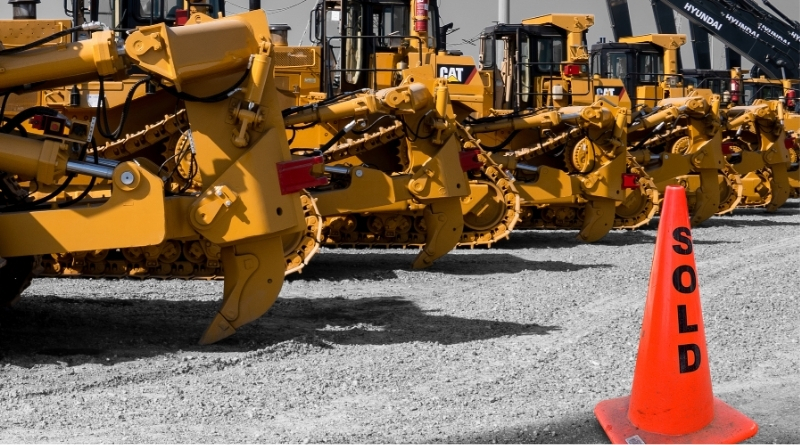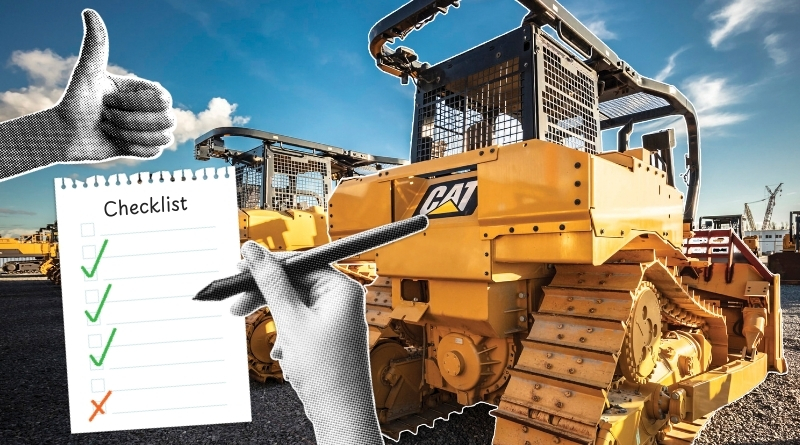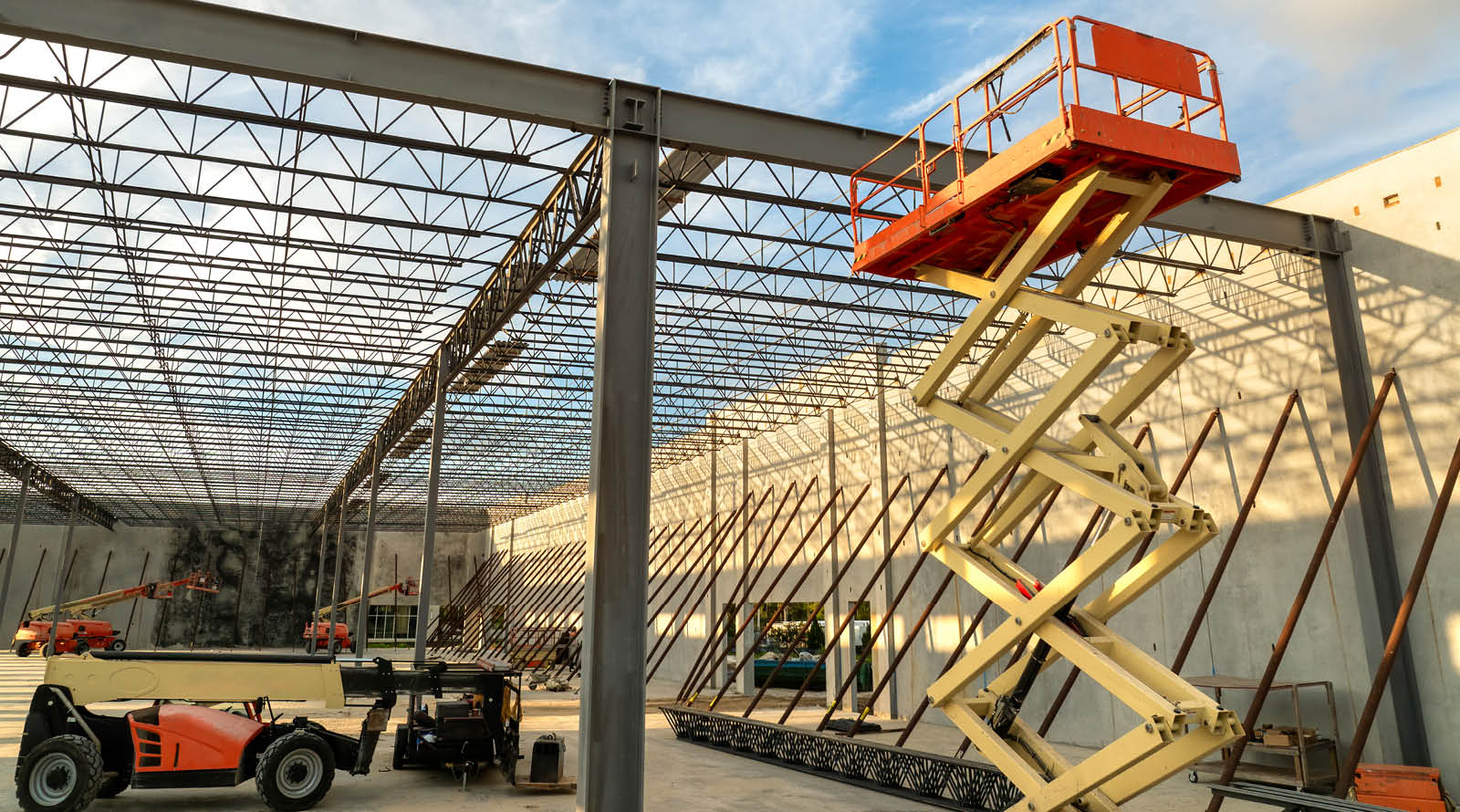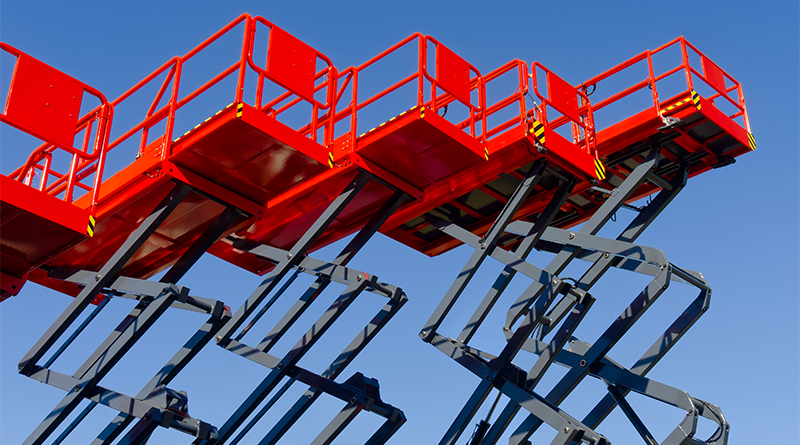A guide to buying used wheel loaders
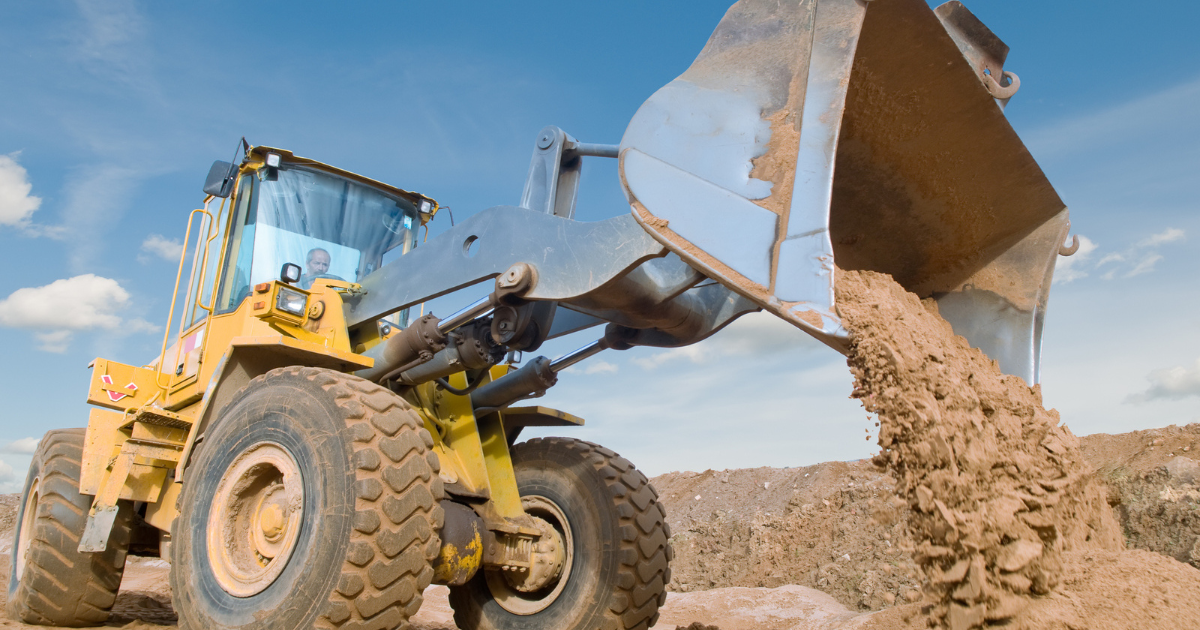
Known for their mobility and speed, wheel loaders are extremely versatile machines, capable of efficiently moving sand, rocks, dirt, and other materials. The first wheel loader was introduced in 1954. Since then, the loader market has expanded, with significant market growth expected in the next few years. Are you looking to buy a used wheel loader soon? Check out these facts and tips we gathered for you.
One of the largest equipment categories
When we look at global heavy machinery sales, wheel loaders represented 16% of the total volume in 2022. The broader ‘loader’ category – which also includes skid steer loaders, backhoe loaders, and compact track loaders – accounted even for 35% of global equipment sales, according to data by research and forecasting company Off-highway Research. A significant ‘slice of the pie,’ largely because of the versatility of these machines.
Besides their great popularity in construction, wheel loaders are reliable workhorses in many other industries, including mining, demolition, landscaping, and agriculture. Did you know that in the European market alone, 10-15% of compact equipment sales – notably small loaders, mini excavators, and telehandlers – come from agriculture?
The used wheel loader market in Europe is massive. When looking at auction inventories, listing websites, and other marketplaces, you will easily find various makes and models. Here are a few facts about wheel loader sales at our European auctions in 2023 (January – November):
- More than 800 wheel loaders were sold
- The median price of wheel loaders sold in our auctions was EUR 19,500.
- The Netherlands is the top buyer country of wheel loaders (both at our auctions and our ad listing website Mascus)
- Caterpillar, Volvo, and Komatsu were the three most frequently sold wheel loader manufacturers.
What’s your favorite wheel loader brand? See what’s for sale right now:
| Did you know? The first wheel loader was invented by Volvo Construction Equipment in 1954. The H-10 was a rear-wheel steer machine based on a reversed tractor, powered by a three-cylinder diesel engine with an output of 35 hp and a five-speed mechanical gearbox. Since then, different types of loaders have evolved to address different needs. Other common types of loaders in the market are: Skid Steer Loaders: Prized for their compact size, skid steer loaders are popular for their maneuverability in tight spaces. Compact Track Loaders: Offering excellent traction and stability, track loaders are suited for uneven terrains and grading tasks. Backhoe Loaders: Combining the features of an excavator and a loader, backhoes can be customized to offer the dual functionality of digging and material handling. |
How do I know what is a good price?
When you are preparing to buy a used wheel loader, you’ll need a budget to work with. Many websites offer historic selling prices of wheel loaders, so you have an idea of the price levels for the item you are looking for. With a free Ritchie Bros. account, you can access hundreds of thousands of sold items and filter them by make, model, manufacturing year and more.
Where can I buy a used wheel loader?
When you are looking to buy a used wheel loader, there are different places for different needs. At Ritchie Bros. you can find the following:
- Auctions: Ritchie Bros. sells a range of unused and used wheel loaders at unreserved timed auctions. Simply find the wheel loader of your dreams in the inventory, create a free account, register for the auction, and get ready to bid.
- Online marketplace: On Marketplace-E, Ritchie Bros.’ 24/7 online marketplace for heavy equipment and trucks, you can choose between two easy buying formats: ‘Make Offer’ and ‘Buy Now.’
- Listing website: Have you checked out Mascus already? Spot your favorite wheel loader among thousands of ad listings, and get in touch with the seller. As simple as that. Over 100,000 buyers look for equipment on Mascus daily.
How can I make sure I’m buying a good used wheel loader?
If wheel loaders are listed online for sale, they usually have several photos and descriptions. At Ritchie Bros. we go steps further: every item has a lot of photos, videos and detailed descriptions. This helps buyer get a good impression of the machine. A personal inspection of the wheel loader before buying gives even more confidence. Before starting to inspect a wheel loader, the essential thing to consider is:
- The conditions the machine will work in (e.g., loading screening material, digging out of a hard bank, etc.)
- The materials that the machine will carry (e.g., abrasive material, such as rock, or a topsoil material, which is less abusive to the machine?)
When inspecting a used loader, consider starting with the following:
1. A quick visual inspection
Inspection should always start with a short walk around the wheel loader. The overall appearance always says a lot about how the machine was previously used.
- Starting at the front of the machine: Look at the attachments, bucket, front tire, articulating joint, rear tires, engine, rear attachments, etc.
- As you move around, check for any signs of abuse, such as dents, welds, cracks, rust, broken glass, or fish plate welding that could indicate past repairs or structural issues.
- Arriving at the back, pay specific attention to the radiator grill and air intake for damage.
2. Underneath the machine
Examine the machine’s undercarriage (transmission drive shaft and axles) for leaks or other damage. If possible, try out the loader to ensure the transmission shifts smoothly without delay, vibrations or unusual noises.
3. The tires
Inspect all four tires separately and look for sidewall damage or rock cuts. Note if there are any retreads. Also, note if there are specialty tires and pay attention to whether all the tires are of the same brand or model.
4. Bucket and attachments
- Bucket: Examine the cutting edge of the teeth and the overall condition of the bucket for any bends, cracks, or excessive wear.
- Bucket linkage and loader arms: Look closely for any signs of welding on fish plates. Then, look at all pin areas at the front (the boom tilt cylinder, tilt rod end, and boom cylinder), paying specific attention to the grease points. To ensure the loader has been greased recently, wipe your hands down the cylinder chrome to see if it is wet or dry. Finally, don’t forget to check for corrosion in this area.
5. Steering linkage and center pivot
The steering linkage is highly susceptible to cracks. Start with checking the articulating joint for cracks, welds, any obvious play or leaks in the steering cylinders, or any leaks at the back of the transmission.
6. Inside the cab
Is it a ROPS (roll-over protective structures) unit? Ensure there is no structural damage. Is it a cab unit? Check the condition of the door, windows, and sheet metal around the cab for structural damage or rust.
Ensure that the seat is not ripped and that it moves easily. Also, confirm that all switches, gears, and controls work well. Work all buttons, levers, lights and flashers, heat and air conditioners. Finally, check for additional systems such as:
- Ride control
- Load measuring system
- Rearview camera
Final tip: Remember to take a photo of the hour meter and vin plate.
 |
How Ritchie Bros. delivers global scale for your assets |


